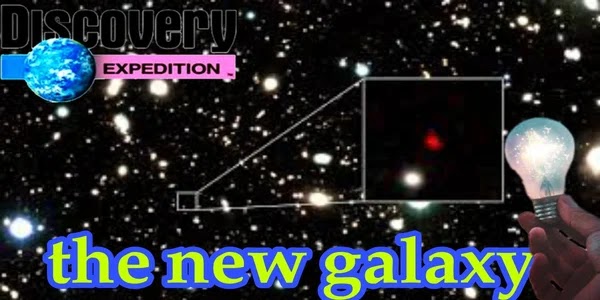 |
| The 21 line radio frequensy |
What you know about the ray 21 technology?
For some people, astronomy is a mysterious science because the words space, astronomy, or celestial bodies cause them to stop thinking and imagining, but scientists, in order to remove the mystery from some things, resort to using some technological tricks to unlock the secrets of the data. Complex and difficult to grasp.
The 21 cm ray technology, the subject of this article, is one of these tricks.
Definition of ray 21 technology:
Hydrogen relationship with rai 21 technology:
You will most likely come across some form of hydrogen. Hydrogen is the most abundant element in our universe, ranking first on the periodic table and It can be found in the nature, your body, and the sun. Hydrogen can be found everywhere. It also makes sense. The different elements are actually different protons and electron combinations, with hydrogen having exactly one of each. It's simple, clean, and the ideal item.
Hydrogen being ubiquitous in our universe, it is a great way to determine where everything is and to understand the evolution of the cosmos. Just follow hydrogen, neutral hydrogen gas to be exact.
And the ray 21 cm is a radio wavelength emitted by a process involving hydrogen. In fact, it was called the hydrogen line when it was first invented in 1951.
The astronomers point their radio telescopes skyward, pick up lots of signals from the 21cm line, and try to figure out where they're coming from, for example, we were able to admire the astonishing spiral structure of the Milky Way, observe the ins and outs of our galactic neighbor Andromeda, and study the twinkling mists of the Magellanic cloud duo.
But what these three galaxys have in common is that they are right next to each other. We live in one of them, and the other two are also very close - Andromeda is only about 2.5 million light years away.
The line at 21 cm has occasionally allowed a glimpse into the farthest reaches of the universe. Previous record holders for this very special signal include radio waves from 5 billion years ago. Nothing, however, compares to the team's most recent discovery, which nearly doubles that distance.
The most recent astronomical discoveries made with ray 21 technology.
In particular, they found that the atomic mass of the gas contained in this particular galaxy is almost twice the mass of the stars visible to us, which means that it is much brighter than previously thought.
We're talking about a realm with stars, possibly planets, and most likely black holes that existed when the universe was only about 5 billion years old. It is very young, dating back to before the formation of our solar system and the appearance of life as we know it.
If you've finished reading, please leave a comment and subscribe to the site to receive all future updates.


تعليقات
إرسال تعليق
اترك تعليقا اذا كان لديك أي تعقيب على المقالة